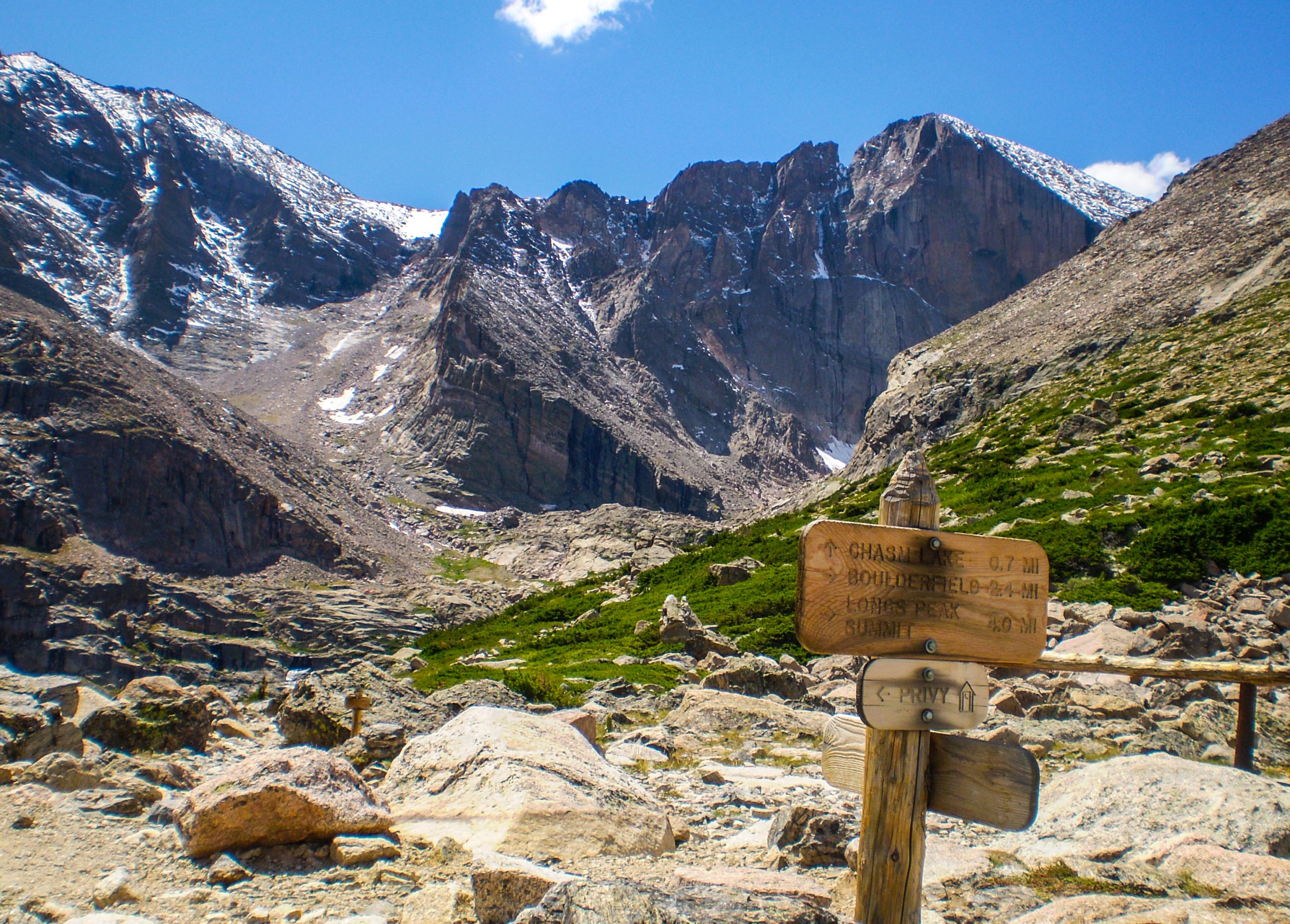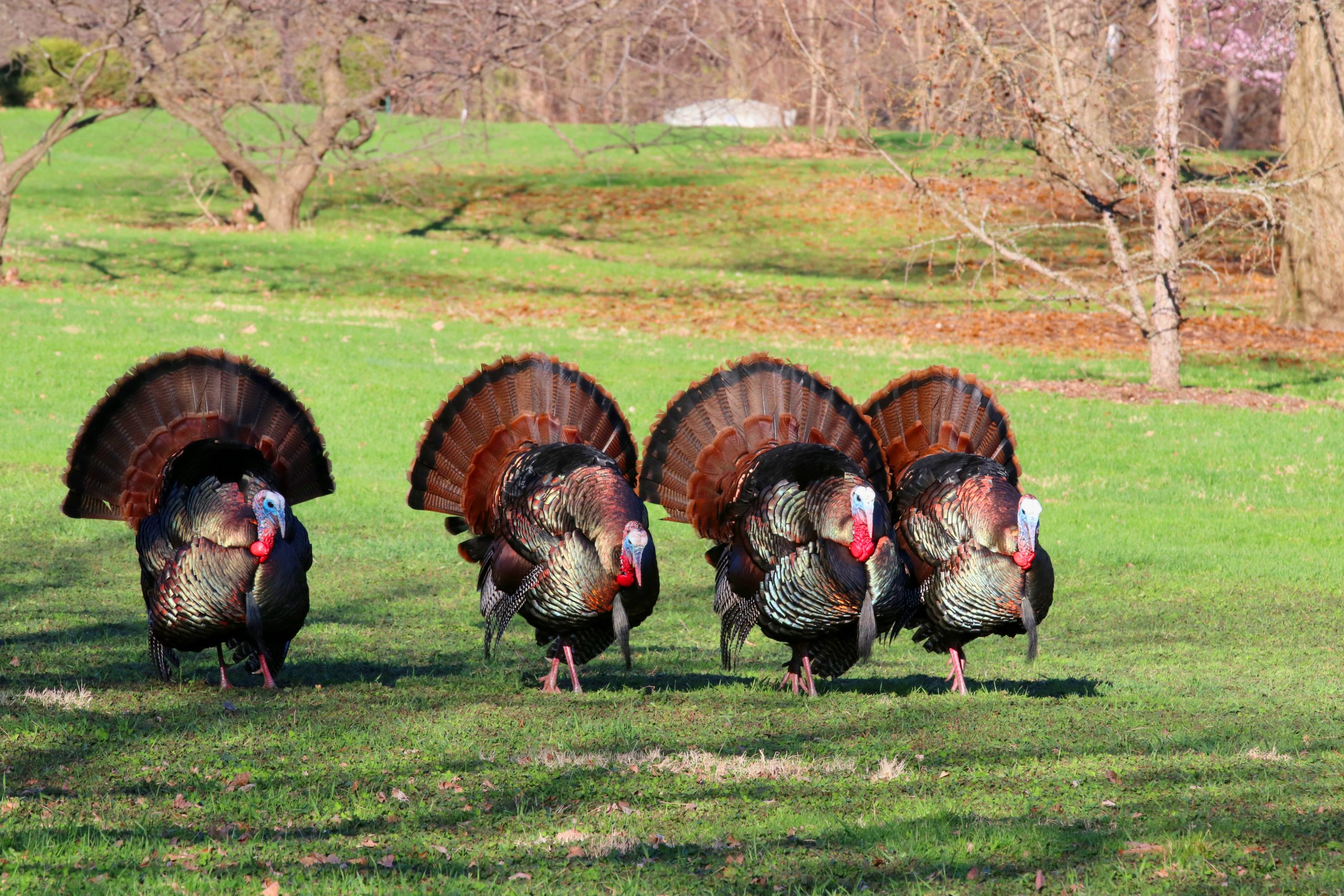8 of the Most Scenic Colorado 14ers
Most Scenic 14ers in Colorado
There are many scenic Colorado 14ers, nearly 60 named mountain peaks whose summits surpass 14,000 feet at the top. Known as 14ers, these mountains are some of the crown jewels of the Rockies, though official numbers count only 53 peaks due to some being too closely connected to others. For many, summiting a 14er is a lofty goal, and for others, summiting all of Colorado’s 14ers is a fun and gorgeous checklist to tackle each year. In contrast, others are looking for a beautiful 14er to photograph or paint.
Colorado’s 14ers are pretty much all ranked as moderate or difficult in the world of hiking due to their altitude and often the length of the hike, but some are much easier than others, with fairly gentle inclines and minimal scrambles, as opposed to those which require climbing gear and a lot of confidence. It’s even possible to hike two 14ers in one day.
Toping Scenic Colorado 14ers – Without the Work
It’s not easy to hike or climb to the top of the tallest mountains in the Rockies, but luckily, there are some that are accessible by road. Pikes Peak, which towers over the city of Colorado Springs, has a driveable highway to the top, where you’ll find a gift shop and restaurant. There’s also the Pikes Peak Cog Railway, which will reopen in 2021 to take visitors up the mountainside in a gorgeous, guided tour. Not far from Denver, Mount Evans is also accessible by car, with sharp switchbacks and narrow mountain roads—occasionally blocked by mountain goats—which lead to the summit. These scenic Colorado 14ers are obviously considerably more crowded than many of the others on this list. However, for those who can’t make the hike for whatever reason, they’re a great option to be able to admire some of the prettiest 14ers in Colorado from the top.
Prettiest 14ers in Colorado
We’d argue that all of Colorado’s 14ers offer a spectacular view and are awe-striking to look at. Below is a list of what we think are the best 14ers in Colorado. Each of these beautiful 14ers offers something truly special in its own unique way. Add these mountains to your bucket list:
San Luis Peak – Class 1 – 14,014 ft
This gorgeous peak in the San Juans, near Gunnison, is sometimes called Colorado’s most remote 14er, and the views. Are. Stunning. Since there’s very little human life near San Luis Peak, the vistas and views are almost exclusively of nature, including incredible wildflowers in the summer, beautiful surrounding mountains that tower above the tree-line, active wildlife, and more.
Longs Peak – Class 3 – 14,255 feet
Longs Peak is located in Rocky Mountain National Park, and it’s the #1 most-climbed 14er in Colorado, but generally, only half of the hikers who attempt Longs Peak ever actually reach its summit. It’s still pretty crowded compared to a lot of the others on this list, but Longs is a Colorado classic, with incredible views of the Front Range and Rocky Mountain National Park. It’s a long hike that often takes upward of ten hours, so be prepared to camp and start before dawn, especially during summer thunderstorm season.
Blanca Peak – Class 2 – 14,345 feet
The Sangre de Cristo range is gorgeous, and on Blanca Peak you’ll find incredible views of lakes and rocky pools, neighboring peaks like Mt. Lindsey and Little Bear Peak, an abandoned log cabin, and even Great Sand Dunes National Park.

Windom Peak – Class 2 – 14,082 feet
This mountain is accessible via the Durango-Silverton Narrow Gauge Railroad, which means getting to the trailhead is way more scenic and unique than most other 14ers in the Rockies. Windom is surrounded by two other officially-recognized 14ers (Eolus and Sunlight Peaks) as well as one unofficial summit (North Eolus Peak). These other peaks are class 3 and 4 hikes, so if you’re up for more of a challenge and looking for less human company on the trail, try one of those. But Windom arguably has the prettiest views from the summit, and the way up, with its big, blocky boulders and long but easy scrambles, is a lot of fun.
Uncompahgre Peak – Class 2 – 14,309 feet
The San Juans get a lot more rain than other parts of the Rockies, so Uncompahgre Peak tends to be a lot greener in the summer, awash with wildflowers. The hike is full of rolling meadows and the silhouettes of neighboring peaks like Wetterhorn Peak, and the distinctive shape of Uncompahgre—often compared to a sinking ship—is beautiful in and of itself.

Mount Huron – Class 2 – 14,003 feet
Huron is a classic Colorado mountain. Its pointy silhouette reaches right up into the clear blue Colorado sky, and the hike to the top takes you through gorgeous forests and meadows. From the top, you’ll see Hope Pass and the neighboring Sawatch Peaks for an incredible view in the heart of the Rockies.
Mt. of the Holy Cross – Class 2 – 14,005 feet
A round trip on Mt. of the Holy Cross is 12 miles, but if you manage it in the summer you’ll find green forests and incredible fields of wildflowers, and if you get an early enough start you’ll see an unbelievable sunrise and some incredible alpenglow on nearby peaks and ranges.
Mount Massive – Class 2 – 14,421 feet
After its neighbor, Mount Elbert, Mount Massive is the second-tallest mountain in Colorado, and its southwest slope route, which is a class 2 and about 7.25 miles round trip, has some of the most indisputably gorgeous views out there.

How Does the Class Rating System Work, Anyway?
You’ll notice we listed each mountain’s class on this list. Hikes are generally rated from Class 1 to 5, with Class 5 being the most difficult and 1 being the easiest.
Class 1 – Class 1 hikes have trails that are easy to follow, and even if they are long, they have gentler inclines and don’t require any special equipment.
Class 2 – When you’re hiking a Class 2 trail, you might need to keep a closer eye to find where the trail leads. The terrain is often uneven, and at higher altitudes, you can expect to find plenty of scrambles and scree fields that require the use of your hands.
Class 3 – Steep, difficult terrain that requires you to use your hands as well as your feet and take slow, measured steps are typical of a Class 3 hike. Many people wear helmets when hiking a Class 3 trail in case of falling rocks.
Class 4 – While technically still classified as a hike, Class 4 is where you’ll probably be doing more bouldering or climbing than walking. You’ll rely on handholds and footholds during a Class 4, and you’ll need to keep a level head for planning your route. Most hikers wear a helmet on a Class 4, and many use ropes and climbing equipment, because a fall on a Class 4 could mean a serious injury or even death.
Class 5 – Class 5 isn’t hiking, it’s climbing, and from here on, routes have their own classification system (5.7, 5.10, 5.12, etc etc.) to determine their difficulty. Unless you’re very experienced in climbing and have all the proper equipment, you should not attempt a Class 5 route for a 14er.
Best Time of Year for Summiting 14ers
Depending what time of year you make your ascent (and what the weather’s been like that year), you’ll have a vastly different 14er experience. In late spring and early summer, hikers who have been itching to get out into the mountains flock to a lot of Class 2 14ers to find waist-deep snow at the top. It’s certainly doable, but you’re going to need some gear. At the summits, you’ll find gorgeous views of the other snow-capped Rockies, with patches of white among the sunnier, stonier parts of the mountains beginning to peek their faces through in the light of summer.
The busiest time of year for these scenic Colorado 14ers is certainly in the height of summer going into early fall. Wildflowers in the meadows, bare trails on the dry side and generally free of ice, and breezy temperatures that don’t always require a jacket make for trails that are relatively busy and trailhead parking lots that, depending on the mountain, fill up early. In the summer especially, intense thunderstorms roll in through the mountains during the afternoons, and getting caught in one can be extremely dangerous, so make sure to get an early start and try to be off the mountain by noon.
We know there are only a few 14ers on this list, but the truth is, if we talked about every scenic 14er in Colorado, you’d have a novel, not a blog post. So get out there and start hiking, so you can start adding your own opinion to the mix. Don’t forget the camera!
By Emily Krempholtz






